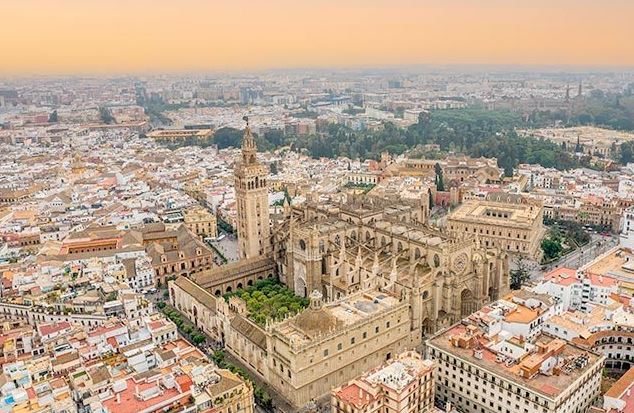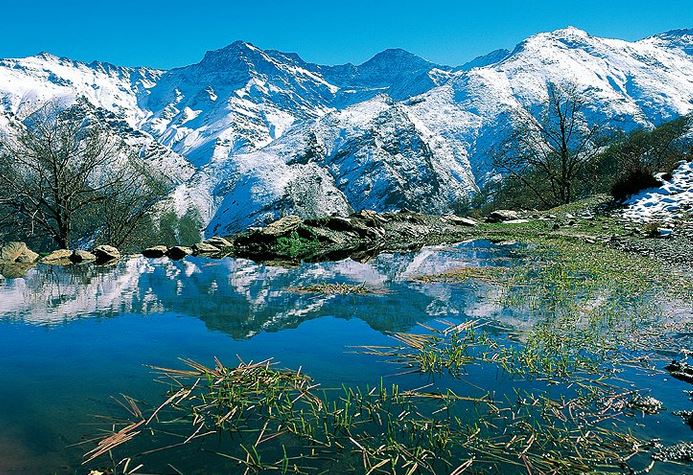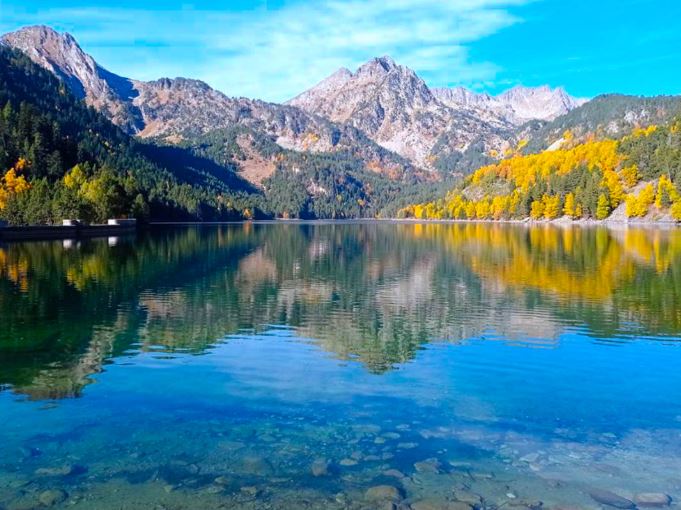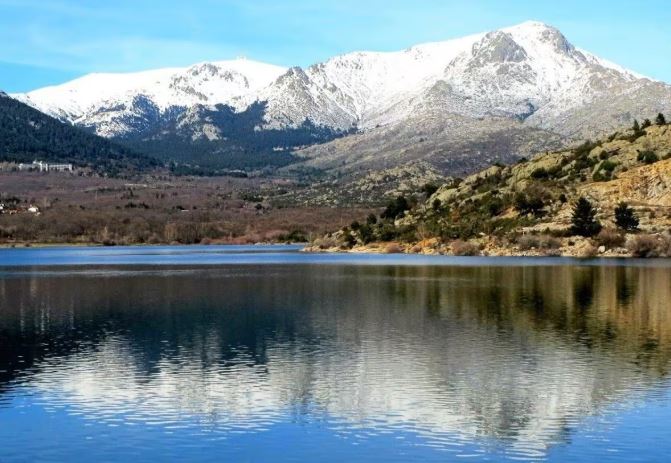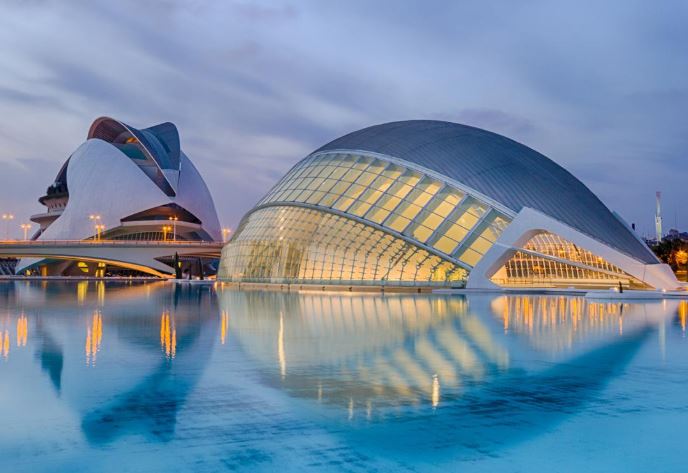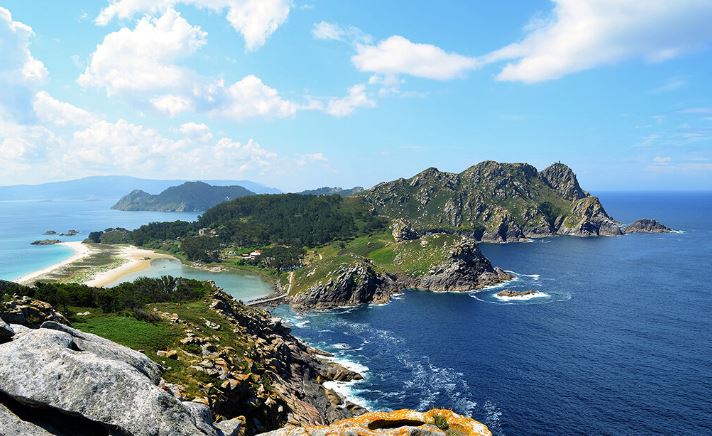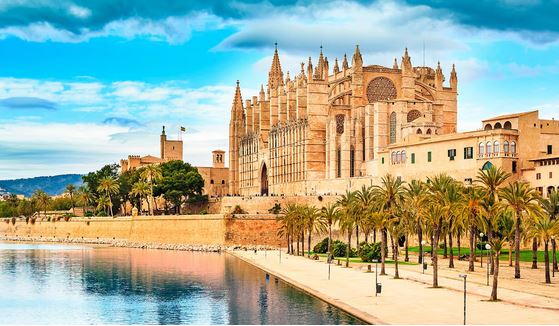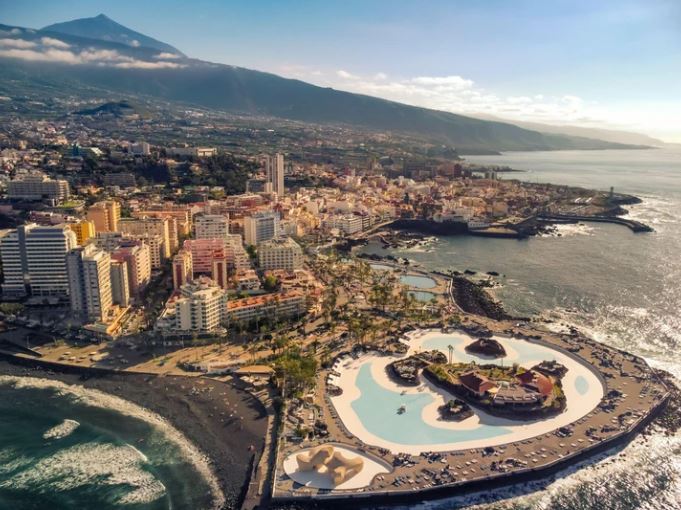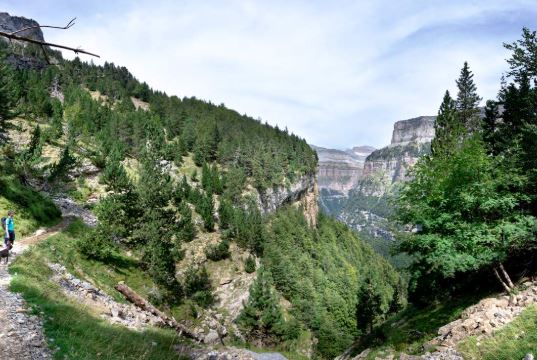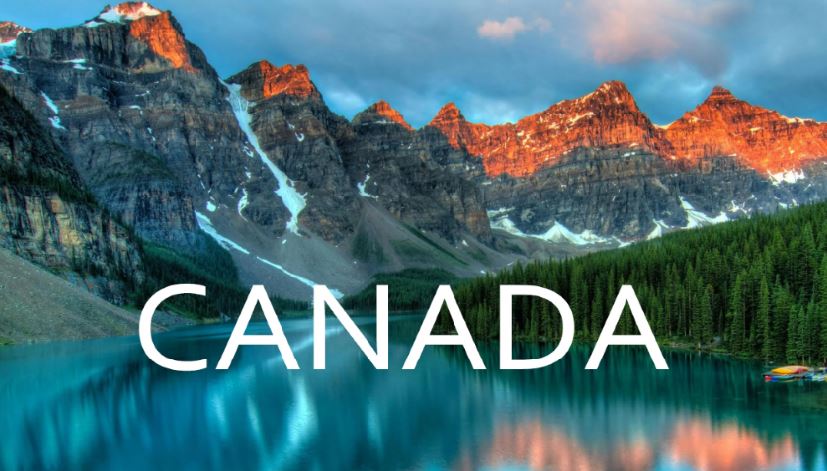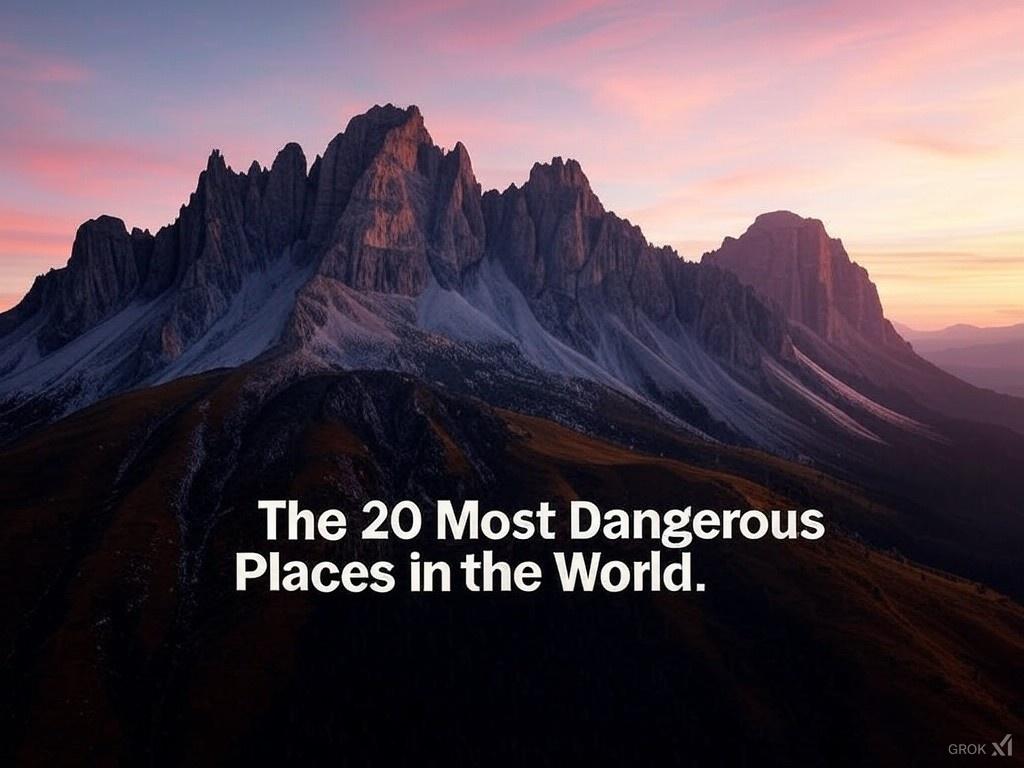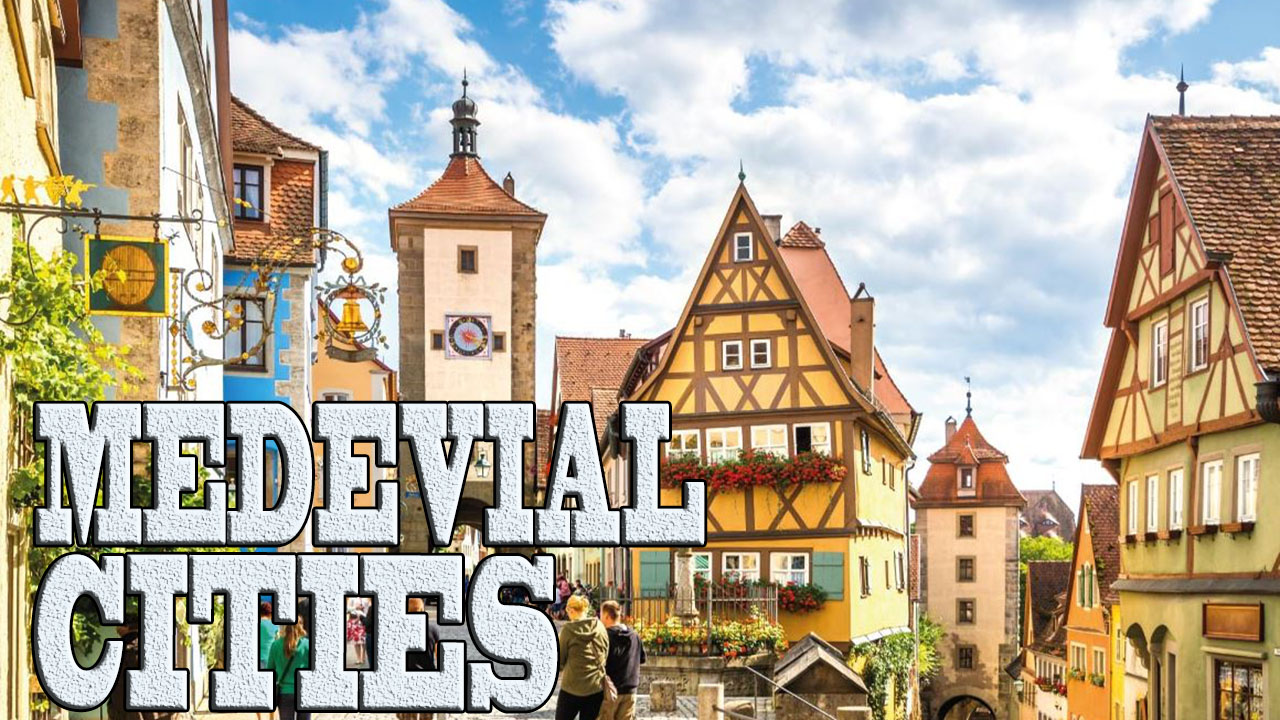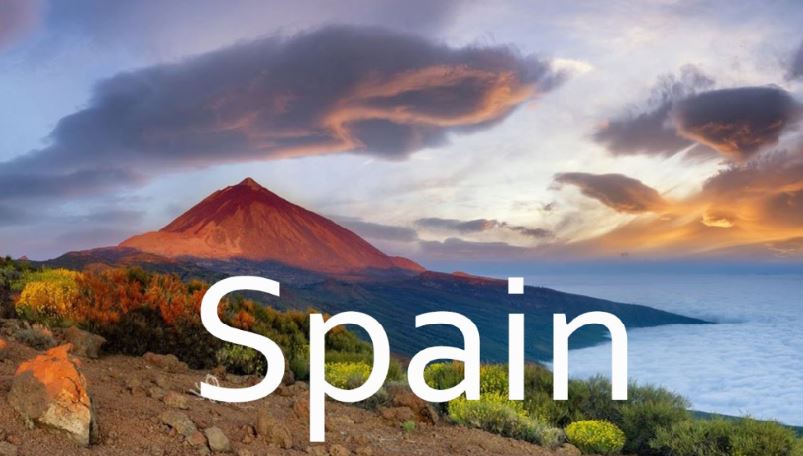
Spain, a country rich in history, culture, and natural beauty, offers an incredible array of experiences across its 17 autonomous communities. Each region boasts its own unique charm, from sun-soaked beaches to snow-capped mountains, from bustling cities to tranquil villages. Let's embark on a journey through Spain, exploring the best places to visit in each autonomous community.
Andalusia
Andalusia, the southernmost region of Spain, is a land of contrasts and passion.
Granada
In Granada, the Alhambra stands as a testament to Moorish architecture, its intricate designs and lush gardens captivating visitors from around the world. The city's old town, Albaicín, offers narrow winding streets and stunning views of the Alhambra.
Seville
Seville, the capital of Andalusia, enchants with its vibrant culture. The magnificent Cathedral and La Giralda tower dominate the skyline, while the Royal Alcázar showcases exquisite Mudéjar architecture. Don't miss the charming Santa Cruz quarter or the modern Metropol Parasol structure.
Cordoba
Cordoba's Mezquita, a mosque-cathedral, is a unique architectural marvel that reflects the city's diverse history. The picturesque Patios of Córdoba, especially beautiful during the May festival, are a must-see.
Sierra Nevada National Park
For natural beauty, head to the Sierra Nevada National Park for hiking and skiing, or explore the pristine beaches of Cabo de Gata in Almería.
Cadiz
The White Villages of Cadiz, including Ronda with its dramatic gorge and bridge, offer a glimpse into traditional Andalusian life.
Natural Parks in Andalusia
Andalusia boasts an impressive network of protected natural areas, featuring:
- Doñana National Park
- Vast wetland ecosystem
- Rich in bird life
- Home to lynx and migratory birds
- Located in Huelva province
- Sierra Nevada National Park
- Covers 86,208 hectares
- Exceptional biodiversity
- Altitude ranges from Mediterranean to alpine zones
- Located in Granada province
- Sierra de las Nieves National Park
- Located in Málaga province
- Mountainous terrain
- Home to Spanish fir forests
- Features deep ravines and impressive gorges
Notable Natural Parks
- Sierra de Grazalema Natural Park
- Declared a Biosphere Reserve
- Features limestone mountains and deep gorges
- Rich in diverse species
- Los Alcornocales Natural Park
- Largest cork oak forest in Iberia
- Creates a green corridor from Sierra de Grazalema to Tarifa
- Del Estrecho Natural Park
- Where Mediterranean Sea meets Atlantic Ocean
- Features beautiful beaches
- Rich marine life and archaeological sites
Catalonia
Catalonia, in northeastern Spain, blends modernity with tradition.
Barcelona
Barcelona, the vibrant capital, is home to Antoni Gaudí's masterpieces, including the awe-inspiring Sagrada Família, Park Güell, and Casa Batlló. Stroll down Las Ramblas, explore the Gothic Quarter, and relax on Barceloneta beach.
Costa Brava
The Costa Brava offers stunning beaches and charming coastal towns like Cadaqués, once home to Salvador Dalí.
Girona
Girona charms with its well-preserved Jewish quarter and impressive cathedral.
Montserrat
Montserrat, a unique jagged mountain range, houses a Benedictine monastery and offers breathtaking views of the surrounding landscape.
National Parks in Catalonia
Catalonia has one official National Park:
Aigüestortes i Estany de Sant Maurici National Park
- Located in the province of Lleida
- Declared a National Park in 1955
- Situated in the following regions:
- Alta Ribagorza
- Pallars Sobirá
- Pallars Jussá
- Valle de Arán
While Catalonia has only one National Park, the region boasts numerous Natural Parks, including:
- Alt Pirineu Natural Park
- Cadí-Moixeró Natural Park
- Cap de Creus Natural Park
- Montseny Natural Park (declared a Biosphere Reserve by UNESCO in 1978)
- Delta de l'Ebre Natural Park
- Collserola Natural Park
- Montserrat Natural Park
Madrid
The Madrid region, centered around Spain's capital, pulses with energy and culture.In Madrid city, art lovers can indulge in world-class museums like the Prado, Reina Sofía, and Thyssen-Bornemisza.
The Royal Palace and the bustling Puerta del Sol are must-visit landmarks.
For a taste of local life, explore the trendy Malasaña neighborhood or relax in Retiro Park.Outside the city, visit the historic towns of Alcalá de Henares, birthplace of Cervantes, and El Escorial with its impressive monastery.
Madrid National Park
Madrid has one National Park:
- Sierra de Guadarrama National Park
This national park is located about 50 kilometers north of Madrid and covers over 33,000 hectares.
It offers a diverse range of landscapes including:
- Snow-capped peaks
- Dense forests
- Opportunities for hiking and wildlife observation (wolves, deer, roe deer)
The park is shared between Madrid and Segovia provinces. It's an important ecological area with diverse flora and fauna, including endangered species. Visitors can enjoy various hiking trails and birdwatching areas, making it a paradise for nature lovers.
While not a national park, it's worth mentioning that Madrid also has several regional parks and natural areas close to the city, such as:
- Cuenca Alta del Manzanares Regional Park
- Parque Regional del Curso Medio del Río Guadarrama
- Parque Regional del Sureste
Valencia
The Valencia region combines Mediterranean charm with futuristic architecture.
- Valencia city's City of Arts and Sciences, a complex of striking modern buildings, contrasts beautifully with the historic old town.
- The Central Market and the Cathedral are worth exploring, as is the long stretch of beach.
- Alicante offers beautiful beaches and the imposing Santa Bárbara Castle, while the picturesque village of Guadalest perches dramatically on a mountaintop.
Natural Parks in the Valencian Community
The Valencian Community does not have national parks, but it possesses a rich network of protected natural spaces that offer spectacular landscapes and diverse ecosystems.
Main Natural Parks
Albufera Natural Park
- Largest freshwater lagoon in Spain
- Important bird sanctuary
- Traditional rice cultivation area
- Located near Valencia
Turia Natural Park
- Green corridor along the former river bed
- Recreational and leisure zone
- Great ecological importance for Valencia city
Sierra Calderona Natural Park
- Mountainous area with high biodiversity
- Ideal for hiking
- Important ecological corridor
- Abundant Mediterranean vegetation
Cabriel Gorges Natural Park
- Impressive river canyons
- Perfect for water sports
- High geological and landscape value
Chera-Sot de Chera Natural Park
- Unique rock formations
- Spectacular karstic landscapes
- Important geological value
Galicia
Galicia, in Spain's northwest, is known for its lush green landscapes and rugged coastline.
- Santiago de Compostela, the endpoint of the famous Camino de Santiago pilgrimage, boasts a stunning cathedral and atmospheric old town.
- The Rías Baixas region offers beautiful beaches and excellent seafood.
- Cíes Islands, part of the Atlantic Islands National Park, are home to some of Spain's most pristine beaches.
Basque Country
The Basque Country, with its unique culture and language, offers a distinct Spanish experience.
- San Sebastián is renowned for its beautiful La Concha beach and world-class cuisine.
- The Guggenheim Museum in Bilbao is a modern architectural marvel that has transformed the city.
- For a taste of traditional Basque culture, visit the charming fishing village of Hondarribia or the inland town of Vitoria-Gasteiz with its well-preserved medieval center.
Balearic Islands
This Mediterranean archipelago offers diverse experiences across its islands.
- Mallorca, the largest island, combines beautiful beaches with the dramatic Tramuntana mountain range.
- Palma, the capital, boasts an impressive Gothic cathedral and charming old town.
- Menorca is known for its pristine beaches and prehistoric sites.
- Ibiza offers world-famous nightlife alongside tranquil coves and charming villages.
Canary Islands
This Atlantic archipelago boasts year-round sunshine and diverse landscapes.
- Tenerife is home to Spain's highest peak, Mount Teide, surrounded by a lunar-like national park. The island also offers beautiful beaches and the charming colonial town of La Laguna.
- Lanzarote's unique volcanic landscapes, shaped by artist César Manrique, create an otherworldly atmosphere. Don't miss the Timanfaya National Park or the beautiful Papagayo beaches.
- Gran Canaria offers diverse landscapes, from the sand dunes of Maspalomas to the lush north of the island and the charming capital, Las Palmas.
Castilla y León
This vast interior region is rich in history and natural beauty.
- Segovia's Roman aqueduct and fairy-tale Alcázar are unmissable, as is the Gothic cathedral of Burgos.
- Salamanca, with its golden-hued architecture and lively student atmosphere, is one of Spain's most beautiful cities.
- Nature lovers should explore the Picos de Europa National Park, shared with Asturias and Cantabria, offering dramatic mountain scenery and excellent hiking.
Aragón
Aragón, in northeastern Spain, offers a mix of historical sites and natural wonders.
- The capital, Zaragoza, boasts the impressive Basílica de Nuestra Señora del Pilar and a well-preserved old town.
- The charming town of Albarracín, with its medieval walls and red-tiled roofs, is often considered one of Spain's most beautiful villages.
- The Ordesa y Monte Perdido National Park in the Pyrenees offers spectacular mountain scenery and hiking opportunities.
Asturias
Asturias, on Spain's north coast, is known for its green landscapes and rugged coastline.
- The Picos de Europa National Park offers dramatic mountain scenery and charming villages like Covadonga.
- The coastal town of Llanes combines beautiful beaches with a well-preserved old town.
- Oviedo, the capital, charms with its pre-Romanesque churches and lively cider houses.
Cantabria
Neighboring Asturias, Cantabria offers a similar blend of mountains and coast.
- Santander, the capital, boasts beautiful beaches and the innovative Centro Botín arts center.
- The Altamira Caves, with their prehistoric paintings, are a UNESCO World Heritage site.
- The charming town of Santillana del Mar and the dramatic Picos de Europa complete Cantabria's diverse attractions.
Extremadura
This lesser-known region in western Spain is rich in history and natural beauty.
- Cáceres and Mérida both boast exceptionally well-preserved old towns.
- Mérida featuring impressive Roman ruins.
- The Monfragüe National Park is a paradise for birdwatchers.
Castilla-La Mancha
The land of Don Quixote offers historic towns and unique landscapes.
- Toledo, with its mix of Christian, Jewish, and Muslim heritage, is a must-visit.
- The windmills of Consuegra offer a quintessential La Mancha landscape.
- The hanging houses of Cuenca and the Lagunas de Ruidera Natural Park are other highlights of this diverse region.
Murcia
This southeastern region offers a blend of history, nature, and beautiful coastline.
- The city of Murcia boasts an impressive baroque cathedral and lively tapas scene.
- Cartagena combines Roman ruins with art nouveau architecture.
- The unspoiled beaches of Calblanque Natural Park and the healing mud of the Mar Menor offer natural attractions.
La Rioja
Famous for its wines, La Rioja also offers charming towns and beautiful landscapes.
- Logroño, the capital, is known for its tapas scene, especially along Calle Laurel.
- The monasteries of San Millán de la Cogolla, considered the birthplace of the Spanish language, are a UNESCO World Heritage site.
Navarre
This northern region offers diverse landscapes and rich cultural heritage.
- Pamplona is famous for the Running of the Bulls during the San Fermín festival.
- The Bardenas Reales Natural Park offers unique desert landscapes.
- The Pyrenean valleys, with charming villages like Roncesvalles, offer beautiful mountain scenery and hiking opportunities.
